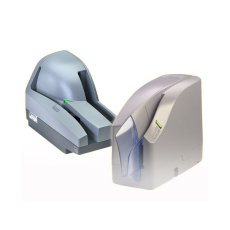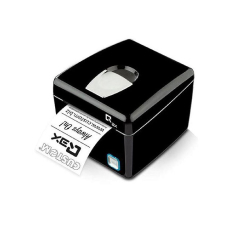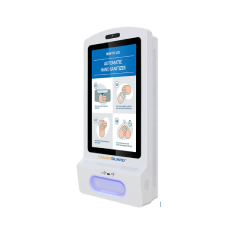
Understanding Queue Management Systems and Their Role in Your Business Tech Stack


In today’s fast-changing business environment, using isolated software solutions often leads to inefficiencies and data silos. Creating a cohesive technology stack where different tools work together and share data is crucial for improving operations and customer experience.
A Queue Management System (QMS) plays an important role in managing customer flow, reducing wait times, and improving service quality. However, it is important to understand what a QMS is capable of and how its output can be used alongside other systems like Customer Relationship Management (CRM) and Enterprise Resource Planning (ERP).
What Is a Queue Management System?
A Queue Management System (QMS) helps businesses organise and manage customer queues, whether physical or virtual. It captures data such as customer check-in times, wait times, service times, and feedback.
This data is valuable not only for monitoring daily operations but also for making strategic decisions that enhance customer satisfaction and resource allocation.

How Does a QMS Fit into Your Technology Stack?
Most modern Queue Management System solutions can produce detailed reports and structured data outputs. This data can be exported in formats like CSV or accessed via APIs. The key benefit is that this data can be shared with other systems in your business, such as CRMs, ERPs, or business intelligence tools.
However, the ability to directly integrate a QMS with another system depends on the capabilities of both platforms. Some CRMs or ERPs provide open APIs or integration options, while others may require middleware or custom development to connect.
Why Is This Important?
By using the data generated from a QMS:
- Businesses can analyse customer flow patterns and identify bottlenecks.
- Operations teams can make better staffing decisions based on real-time or historical queue data.
- Customer service teams can personalise interactions by understanding wait times and service history.
- Management gains insights to improve overall efficiency and customer satisfaction.
Queue Management Systems offer valuable data and tools that can support better customer service and operational efficiency. The data they produce can be leveraged across various business systems, provided there is a clear understanding of the technical possibilities and limitations of your existing software environment.
Creating a connected technology stack with a QMS is a strategic move that helps businesses work smarter and deliver better experiences as long as realistic expectations around integration are kept in mind.

SMARTQUEUE® is a cutting-edge Queue Management System (QMS) developed by Business Smart Solutions (BSS) that can improve your business. With the ability to output detailed and structured data reports, SMARTQUEUE® provides other sectors of your business with priceless insights, allowing them to make informed decisions, effectively plan, and work more efficiently.
Furthermore, SMARTQUEUE® also offers a range of features, including multi-channel queue entry (Virtual Queue, Ticketing Kiosk, and Mobile Concierge), Real-Time Dashboard Monitoring, Comprehensive Reporting, Virtual Caller, Appointment Scheduling (additional module), Customer Feedback Solution (additional module), and many more.
Through SMARTQUEUE®’s seamless integration with existing systems, along with its beneficial features, businesses can:
- Reduce wait times: Optimise customer flow and minimise wait times, which leads to increased customer satisfaction.
- Personalise customer interactions: Access customer data easily to provide tailored service and offers.
- Gain valuable insights: Collect and analyse queue data to identify areas for improvement, make informed decisions, and enhance business performance.
Learn more about SMARTQUEUE® by visiting our website or contact us at info@bss.com.au.




















